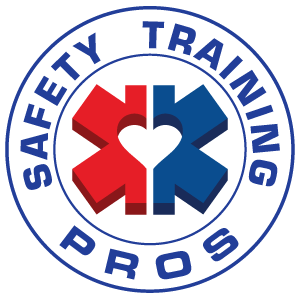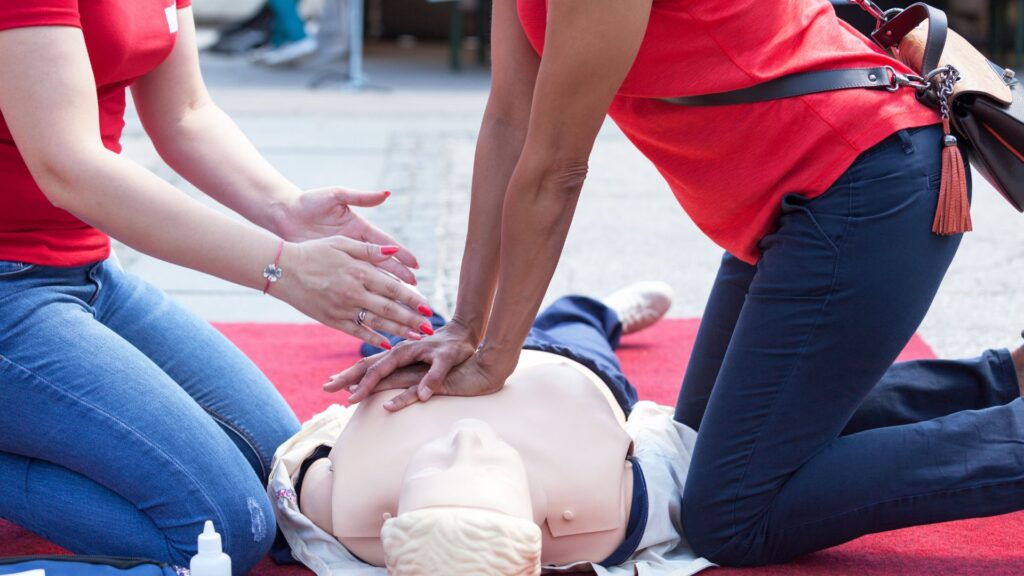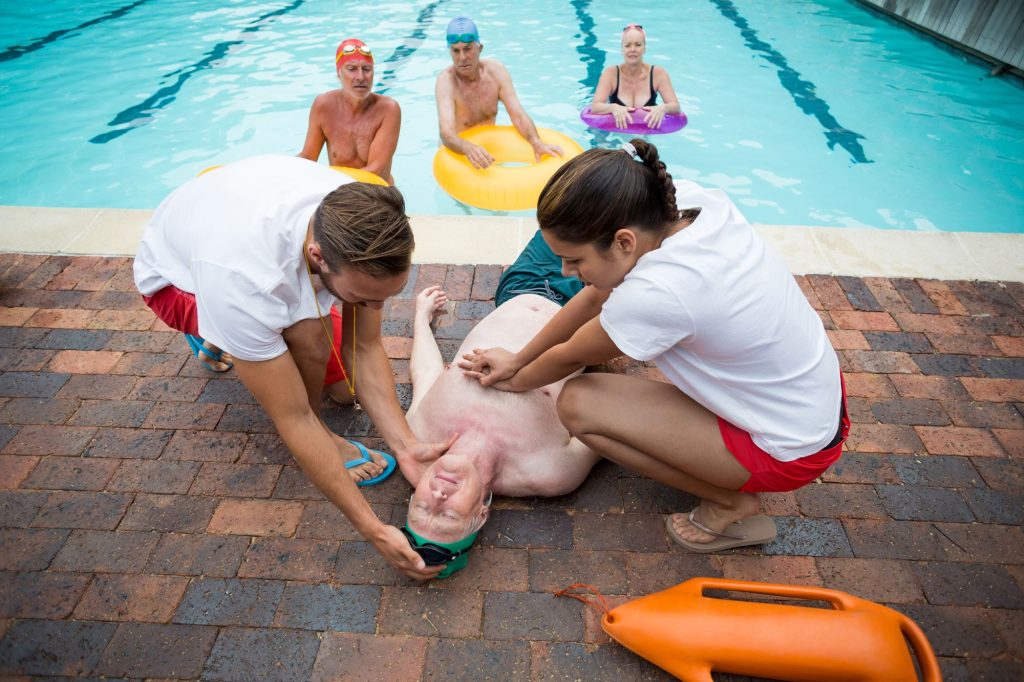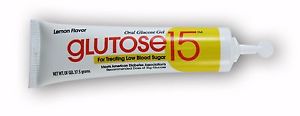- April 18, 2017Many emergency responders including Lifeguards, complete a patient care report on the incidents they respond to. Responders involved in the…
- November 14, 2016Have you ever asked yourself, what is the rationale behind the steps for caring for an unresponsive person with an…
- September 9, 2015Set yourself apart from the crowd by adding Advanced Lifeguard Training to your resume. Our training is only offered once…







